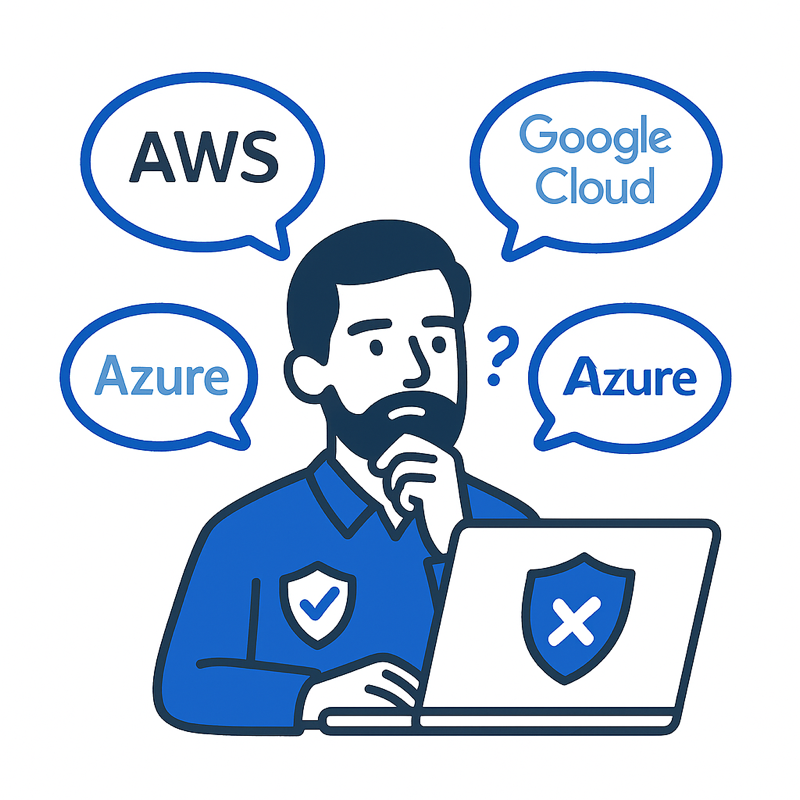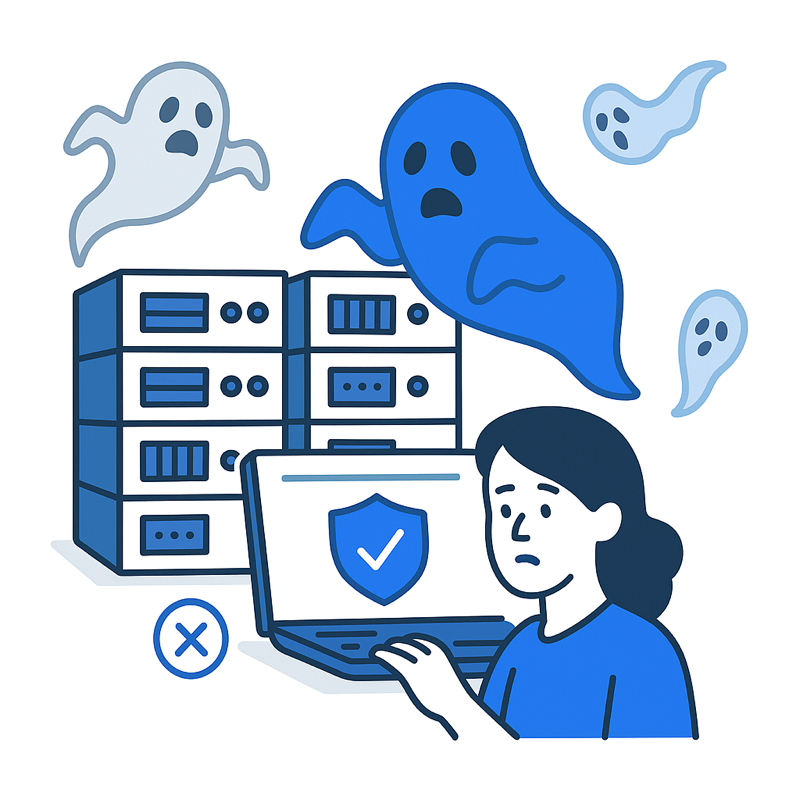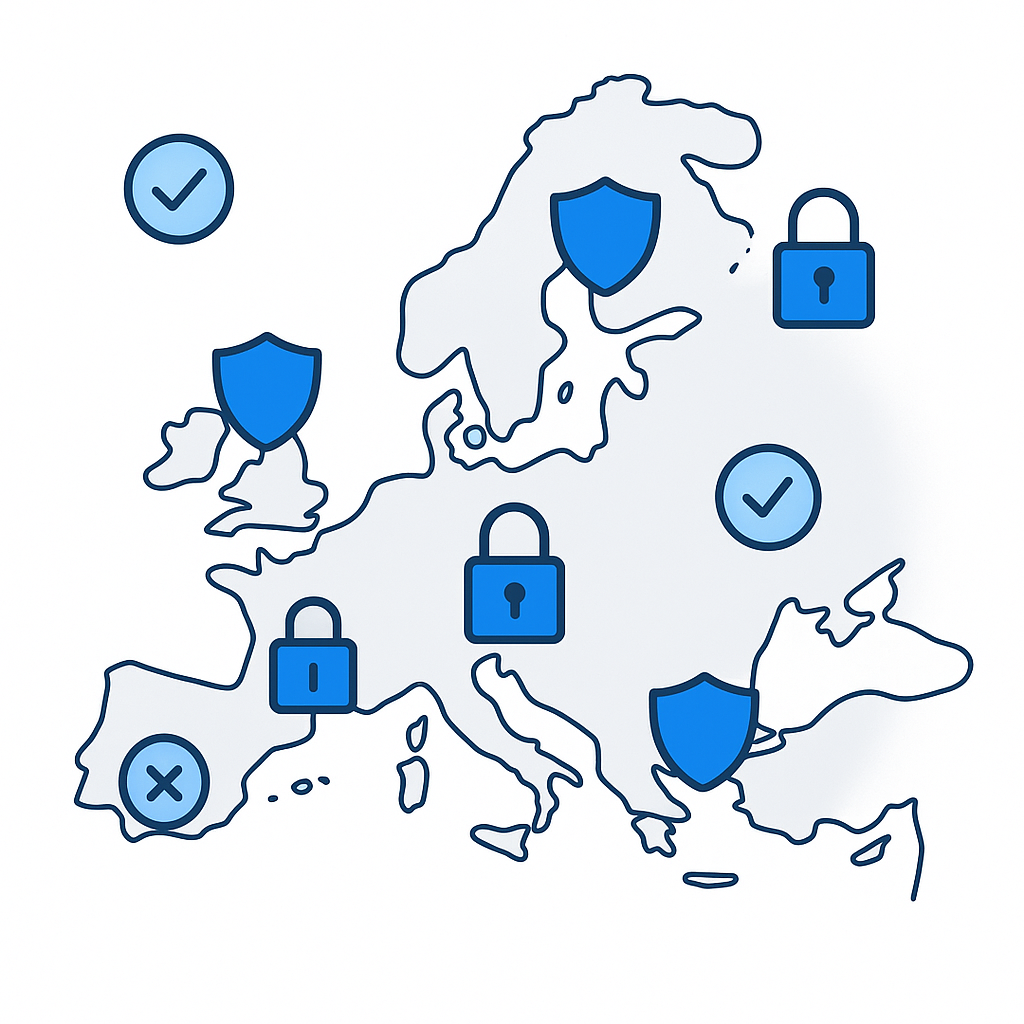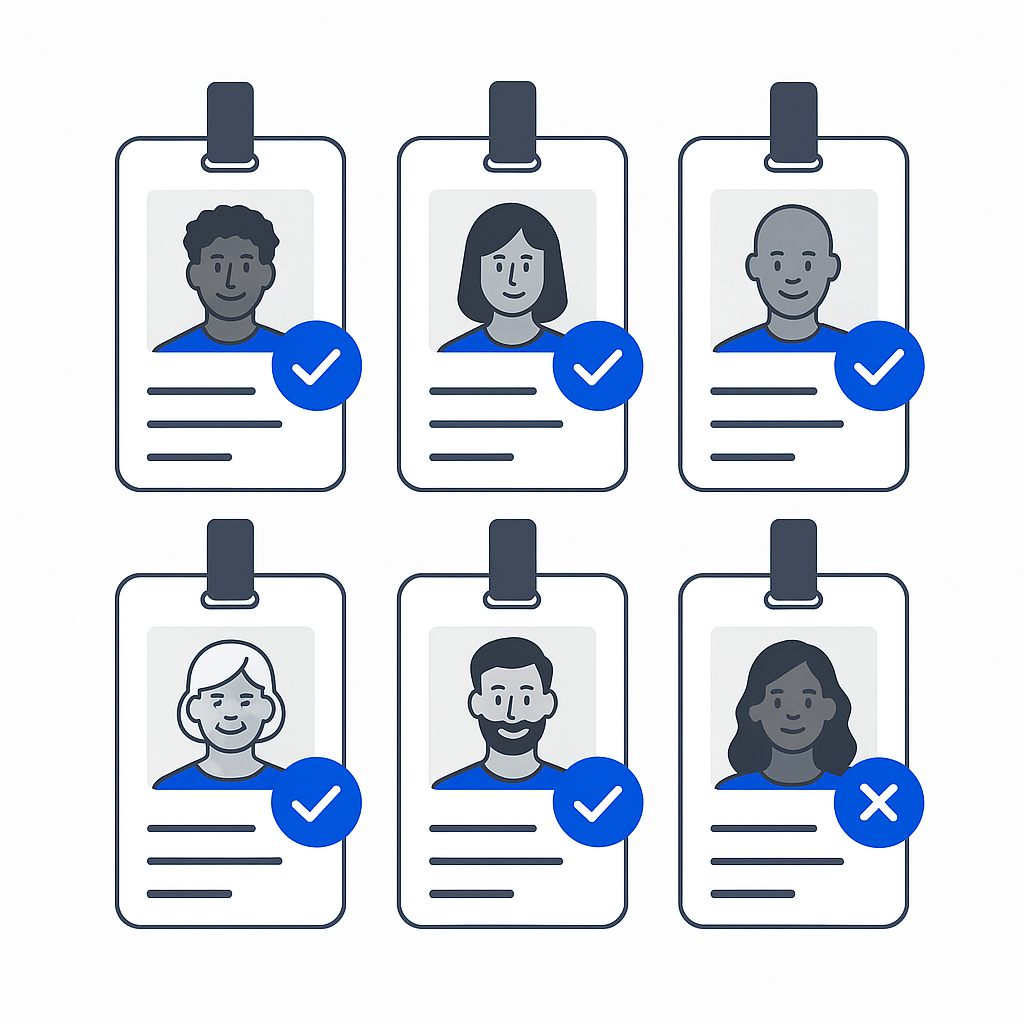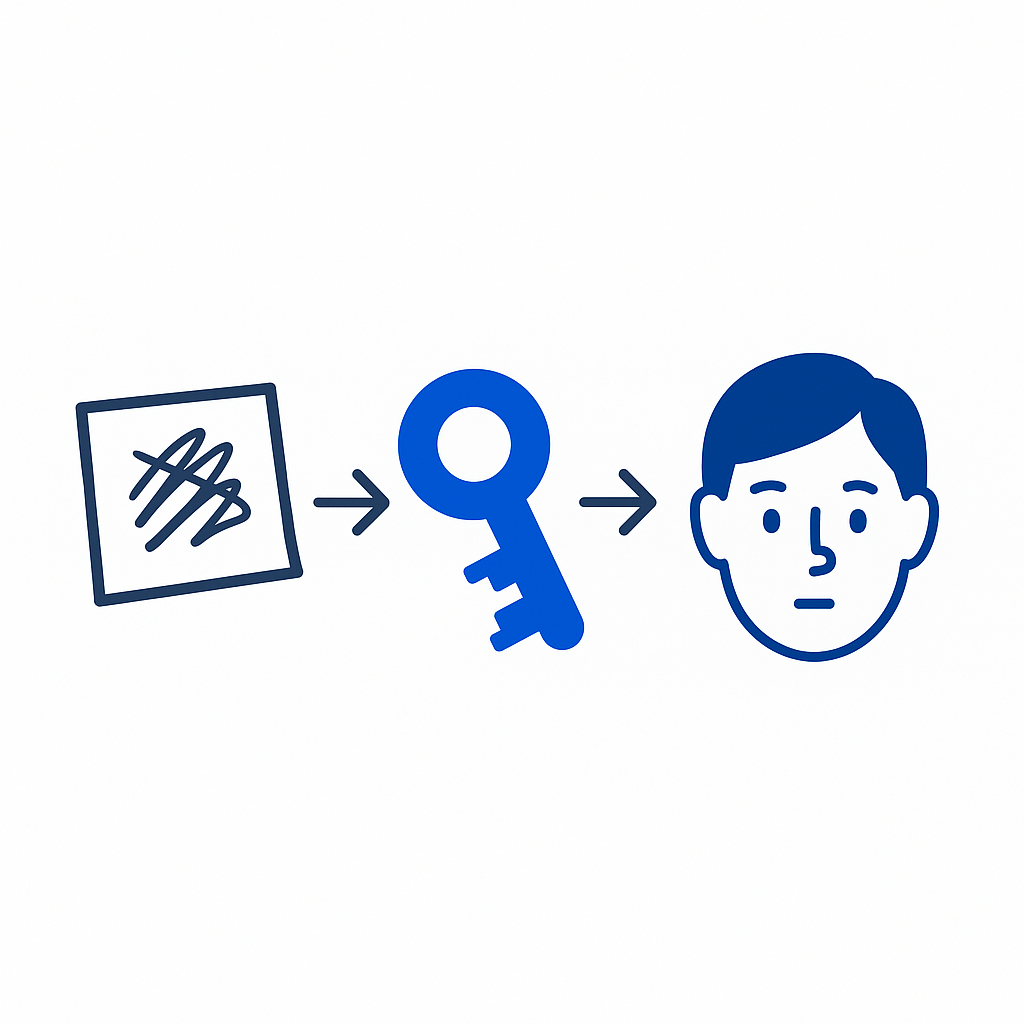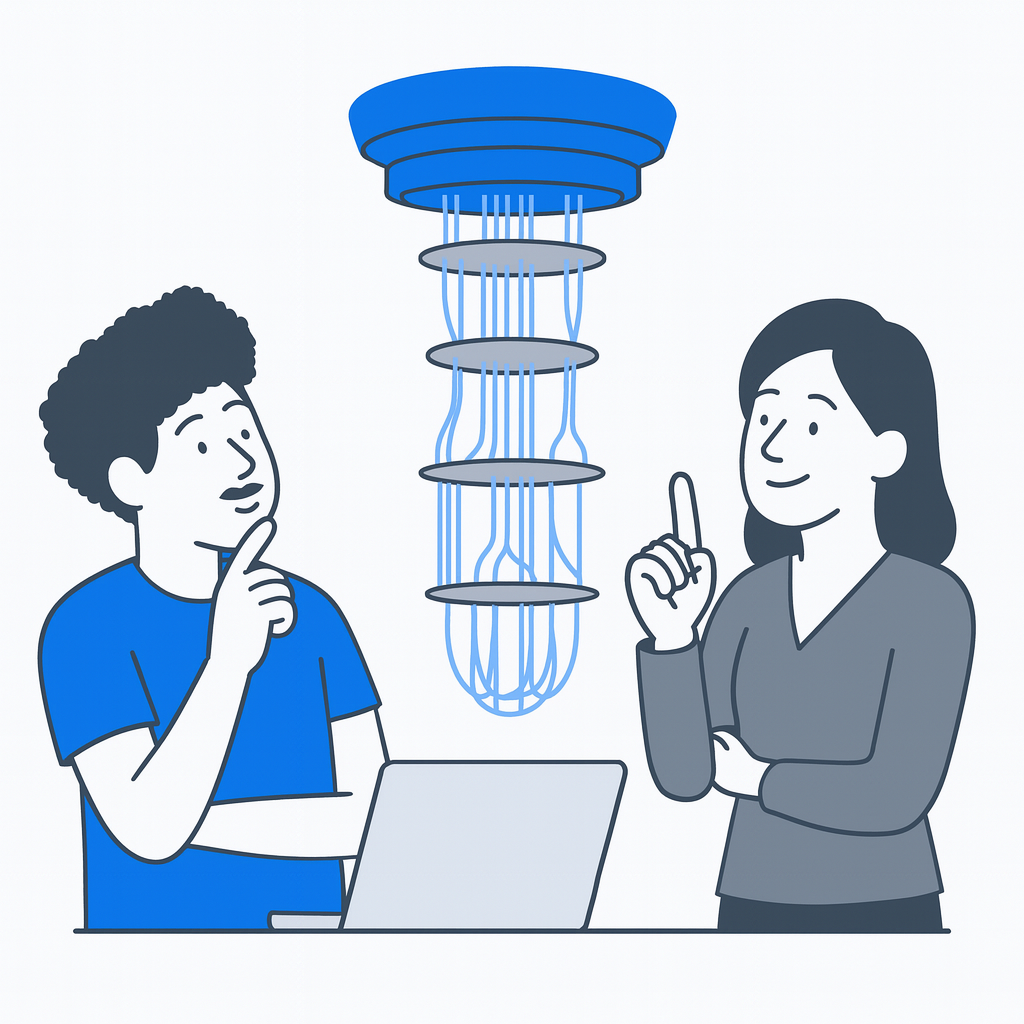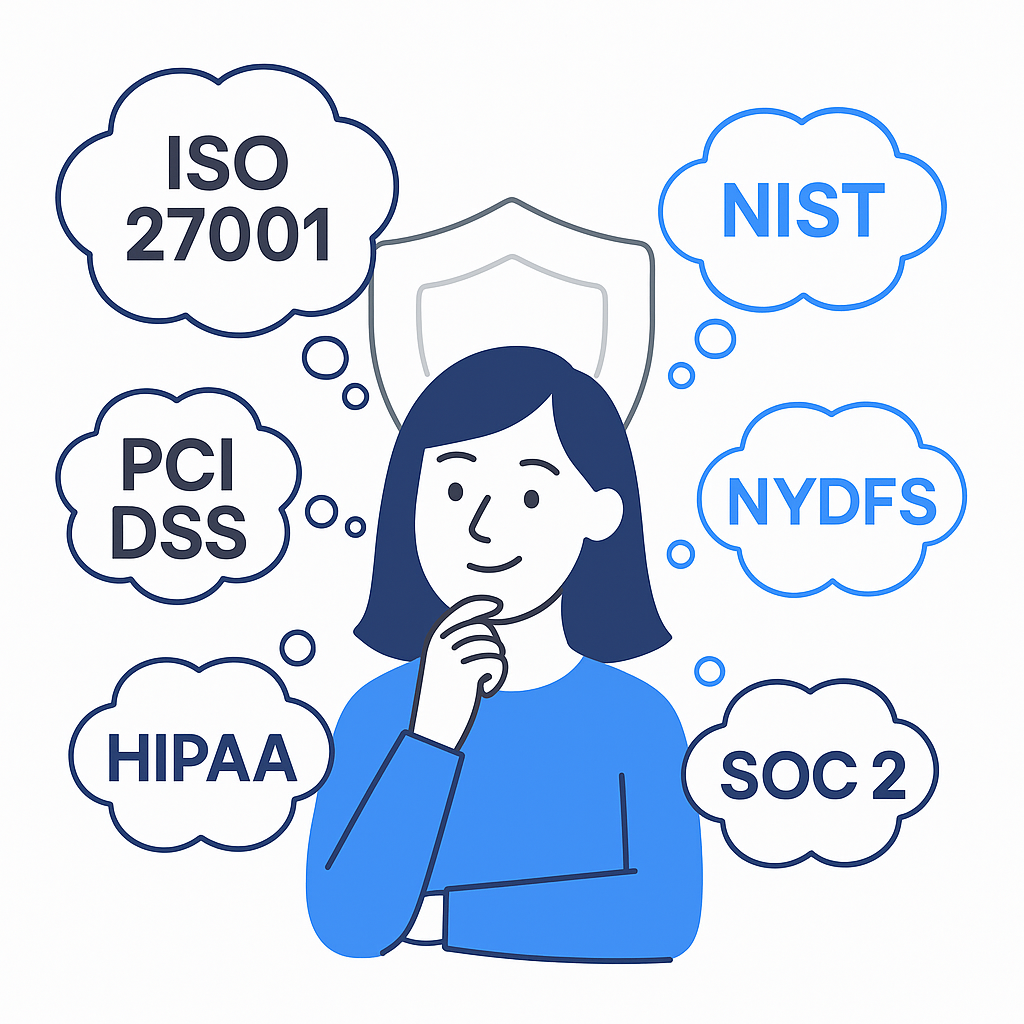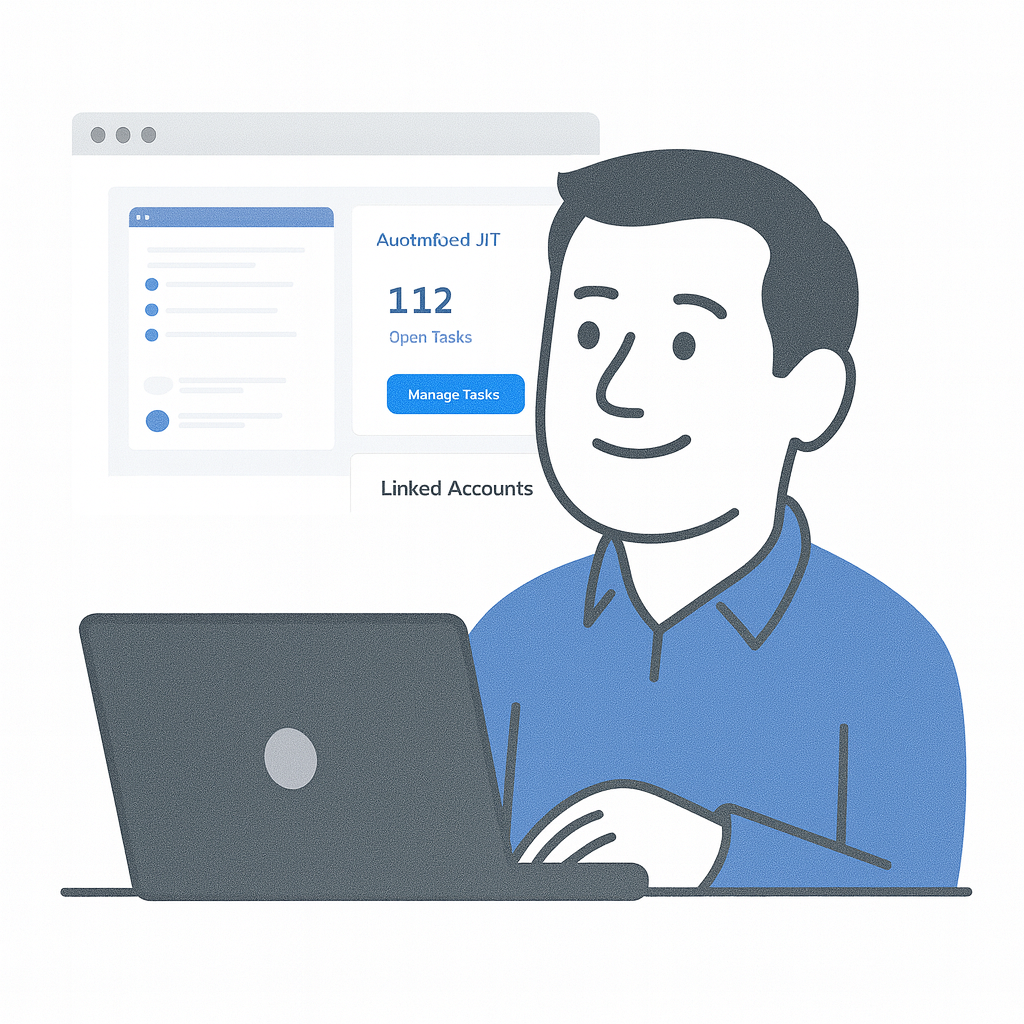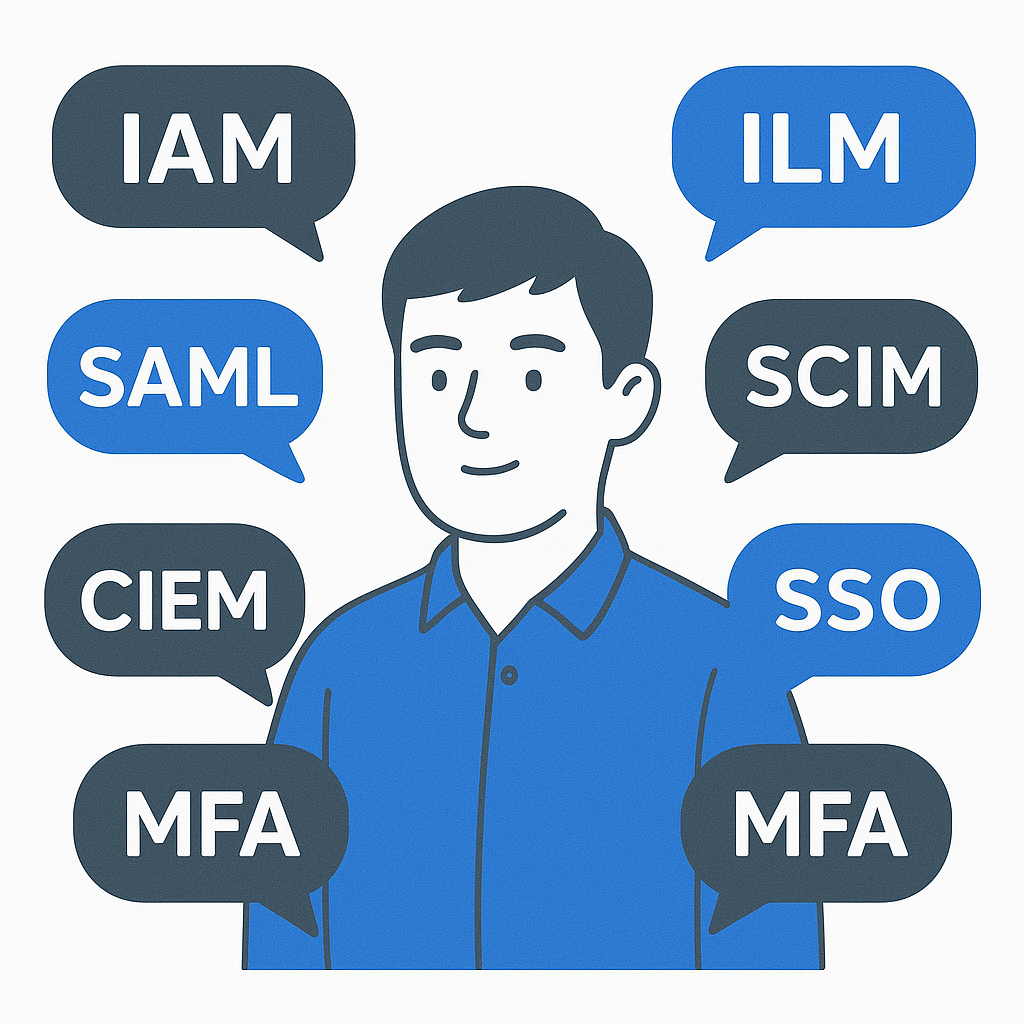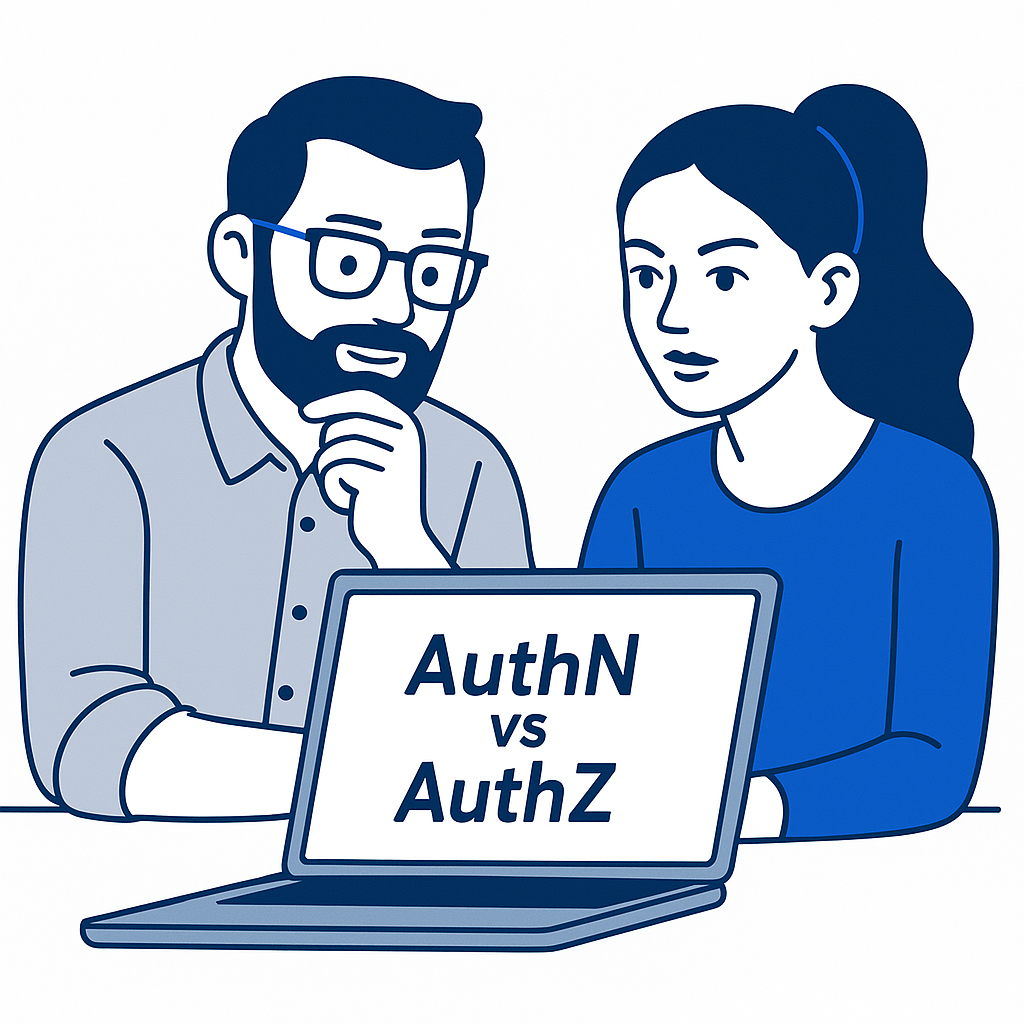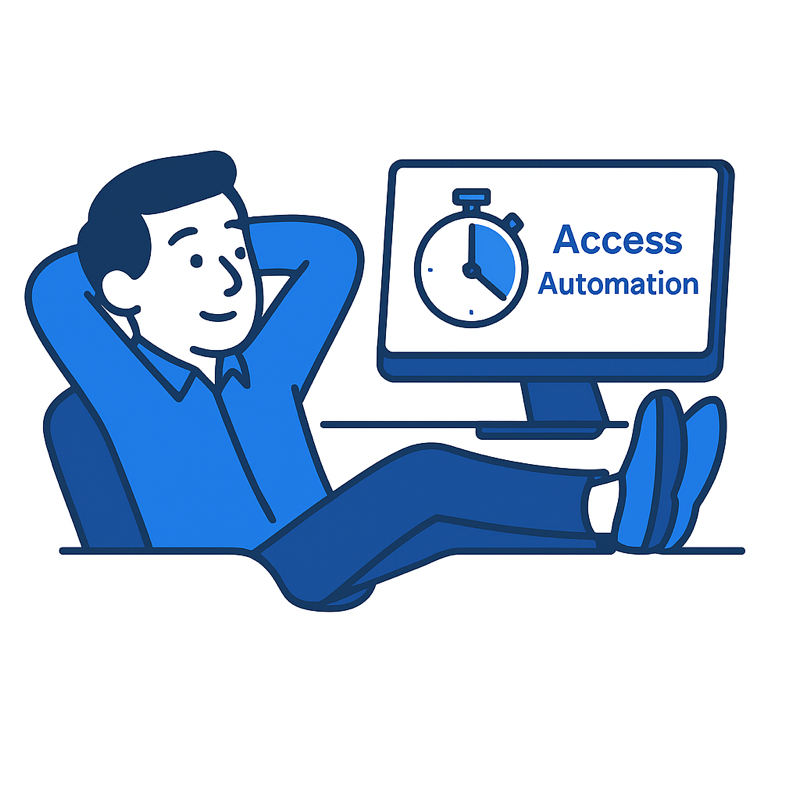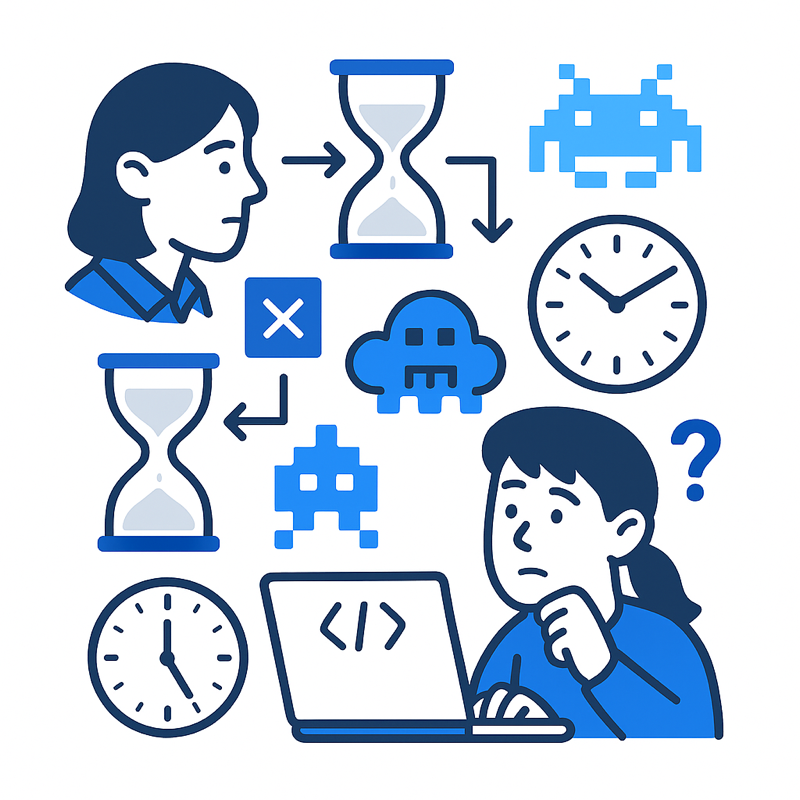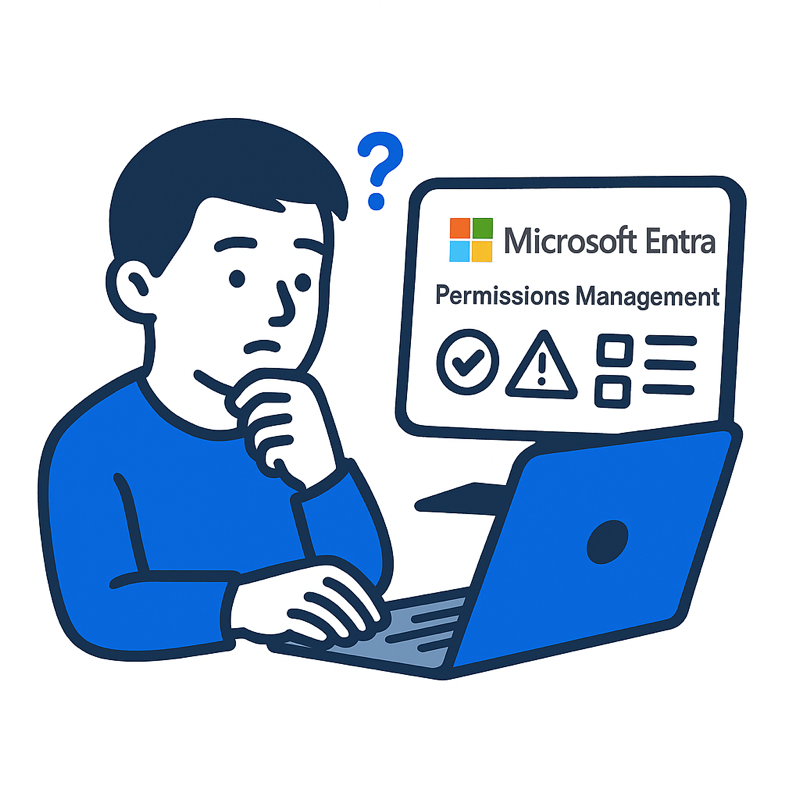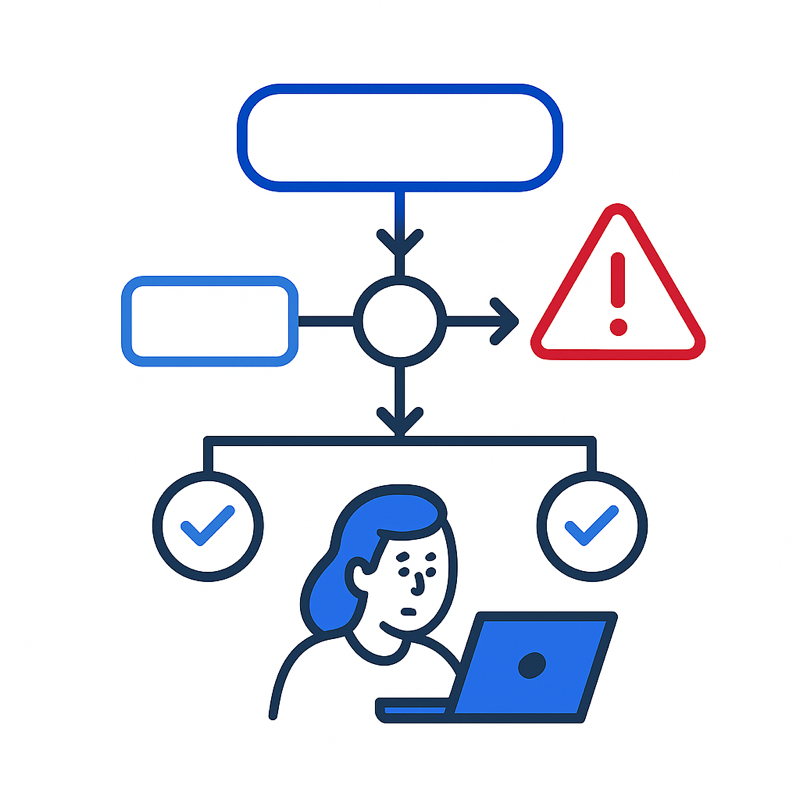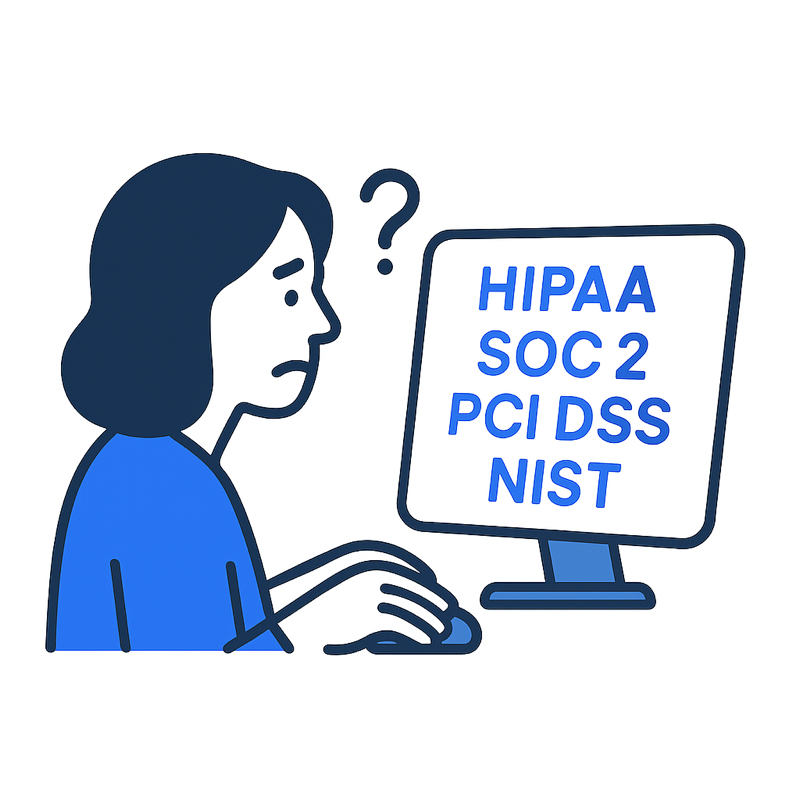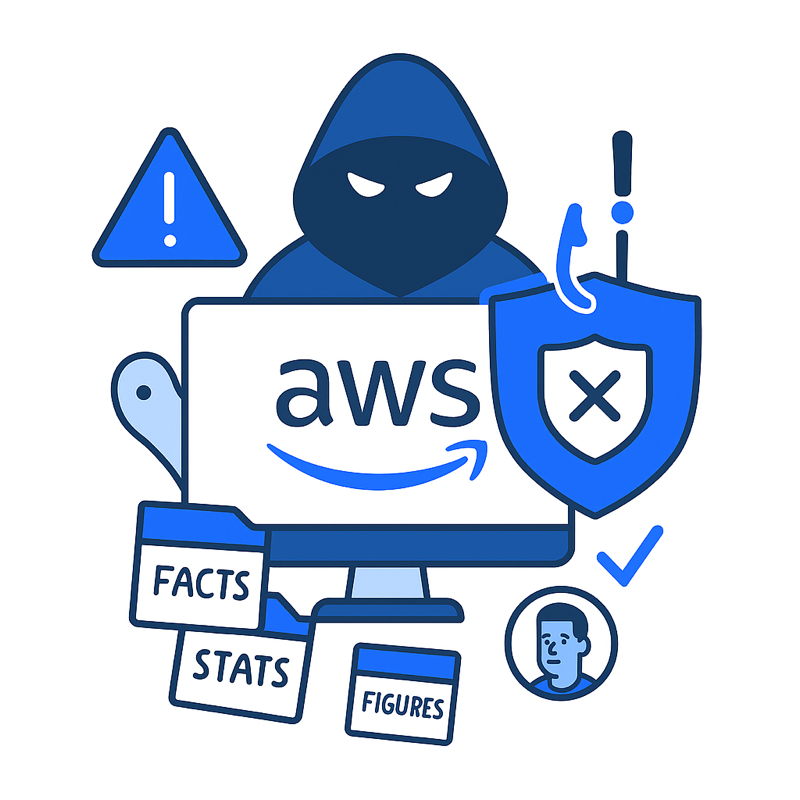Why Service Account Security Needs a Makeover
Let’s be brutally honest: when most teams talk about “identity and access management,” they’re picturing people. Susan in DevOps. Jake in Finance. Perhaps the third-party contractor who just requested access to the AWS console and misspelled “administrator” in the form.
What they’re not picturing are the hundreds, sometimes thousands, of non-human identities quietly doing most of the actual work.
The Terraform bot that spins up infrastructure. The CI pipeline deploying to Kubernetes. The Jenkins job pulling secrets. The script that rotates logs or backs up databases every morning at 2 AM. These unsung workhorses (service accounts and CI bots) are the foundation of modern automation.
They also happen to be one of the weakest points in cloud security.
Unlike Susan and Jake, these identities don’t take holidays. They don’t quit. They don’t forget their passwords. They just linger, often with excessive privileges, hardcoded secrets, and zero oversight, forever.
Welcome to the quietly dangerous world of service account security.
The Rise of the Eternal Identity
Humans come and go. Bots accumulate. That’s the default in most environments, especially those running multi-cloud, microservice-based architectures. A script gets written. It needs access. A service account is created, maybe in a rush, during a late-night outage. Maybe without much documentation.
Once the job is done, the account stays. No one’s sure what it still touches, so it’s left alone. A few months later, it’s granted another permission, “just temporarily.” It gets shared between tools. Maybe passed to another team. Suddenly, it’s got read-write access to production databases and the ability to launch new instances, and nobody knows why.
This is how orphaned service accounts become privileged ghosts with unchecked power.
The problem isn’t just their invisibility. It’s that they’re trusted. More than they should be. And in the wrong hands, or simply misconfigured, they can cause serious damage.
Secrets, Scripts, and Sins of the Past
Service account credentials are often stored in all the wrong places: hardcoded in a Git repo, tucked into a CI configuration file, or buried in an environment variable that hasn’t changed in years.
Once created, these credentials rarely rotate. There’s no password expiry. No multi-factor prompt. No human to remind. Process orchestration security falls by the wayside. If leaked, they’re perfect attacker tools: persistent, privileged, and usually exempt from basic security checks.
The worst part? They often sit in the one part of the infrastructure that nobody monitors very well: automation systems. Which means when something goes wrong, say, a bot suddenly starts exfiltrating data or spinning up crypto miners, it can take hours or days to even notice.
In a zero-trust world, service accounts are often the last thing still being trusted.
Why the Lifecycle Matters
We’re conditioned to think of service accounts as static. But that mindset is the problem.
These identities have lifecycles, just like human users. They’re created for a task. They should be granted just enough access to perform that task. And when that task ends, or the bot is no longer in use, that access should be revoked.
However, in practice, very few organizations treat service accounts in this manner. Instead, they’re created and forgotten. Permissions accumulate over time. No regular reviews. No context awareness. No offboarding process.
What’s needed is a mindset shift. Service account security has to be dynamic. Ephemeral when possible. Request-based. Auditable. Bound by context and time. Because the less permanent it is, the less dangerous it becomes.
Automation Without Anarchy
There’s no question that bots and automation are essential. Modern cloud operations can’t function without them. But there’s a big difference between automation and autonomy.
CI bots don’t need 24/7 access to every environment. They need access just in time to run a job, deploy a build, push logs, or rotate keys. That access should be granted for minutes, not months. It should be requested, approved (either automatically or manually), and revoked as soon as the job is done and dusted.
That’s the only sustainable path forward: automation that still lives inside a secure access lifecycle and AI security priority. Not free-range bots with root access to everything and no bedtime.
This is where just-in-time (JIT) access, contextual controls, and fine-grained permissions come together to make service account security actually work.
The Invisible Becomes Visible
You can’t secure what you can’t see. And visibility is often the first major failure point in securing service accounts. Who created this account? What’s it used for? When was it last active? What does it have access to?
Without this basic visibility, access review becomes guesswork and audit trails turn into postmortems.
That’s why any serious service account management solution needs to centralize identity visibility—not just for users, but for everything. That means bots, scripts, integrations, third-party apps, vendor tools. Every non-human identity, mapped and monitored, with a clear record of when access was requested, granted, and revoked.
This kind of insight doesn’t just make audits easier. It makes your cloud posture tighter. It means the next time an incident happens, you’re not relying on tribal knowledge or grep.
Reduce, Reuse, Revoke
Effective service account security is not about creating new walls. It’s about building smarter gates.
Rotate credentials automatically and often. Remove access when it’s not needed. Use scopes, roles, and policies that align with what the bot is actually doing. And where possible, replace permanent credentials with temporary tokens or assume-role patterns that expire by default.
Yes, this requires orchestration. Yes, it means investing in automation that controls other automation. But it’s absolutely worth it—because static identities are a goldmine for attackers, and your bots are not special snowflakes. They’re just as fallible as the humans who configured them.
It’s All About Context
The final piece of the puzzle is context. Service account access shouldn’t exist in a vacuum. If a CI pipeline requests access to a resource, you should know what triggered that job, what environment it’s operating in, and who’s ultimately accountable.
“Context is everything. It shapes meaning and molds truth.” - Barack Obama
Contextual access decisions - based on identity, time, location, device, and purpose - are the cornerstone of zero-trust architectures. And they’re just as critical for bots as they are for humans.
Because in the end, service accounts are just another form of identity. They need oversight, boundaries, and time limits.
Building a Bot-Safe Future
Service accounts and CI bots aren’t going away. If anything, they’re multiplying. As infrastructure becomes more automated and more ephemeral, the need for robust, automated service account security grows with it.
But the solution isn’t more paperwork or heavier IAM policies. It’s smarter automation. Systems that grant access only when needed, with full context and full auditability. Tools that make access ephemeral by default. Workflows that recognize bots as identities that deserve the same attention as users.
You don’t need to fear your bots. But you do need to manage them like you would any powerful actor in your environment: with precision, visibility, and a healthy dose of skepticism.
Because the CI job you trusted yesterday might be the backdoor you regret tomorrow.





